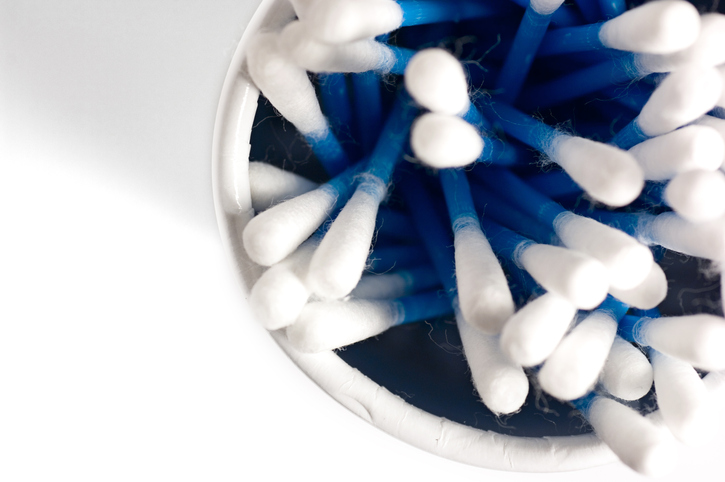So-called due to its waxy texture, earwax is made of dead skin cells and secretions from sweat and oil glands. Its role is to protect skin inside the ear canal, lubricate the skin and act as a natural antimicrobial — so it stops bacterial infections before they can start. When dirt and dead skin get stuck in earwax, the earwax naturally migrates towards the opening of the ear canal to clean the ears.
Earwax is not a sign of poor hygiene and is a natural process, but too much of it could cause a temporary hearing loss. Sound travels as a vibration through the canal to the inner ear; that process is disrupted when there is a blockage.
How to Safely Clean Earwax
If you feel your ears are stopped up with wax, you can clean them out safely by washing the ear and rinsing it well to flush out loosened wax. Be careful not to remove too much, which can lead to itching. Itchy ears can be a sign of a dry ear canal.
What to Avoid When Cleaning Earwax
Do not use swabs or try ear candling. Both are more dangerous than productive. If hearing doesn’t return after your ears are cleaned, talk to your doctor. A professional ear exam and hearing test can pinpoint the problem.



